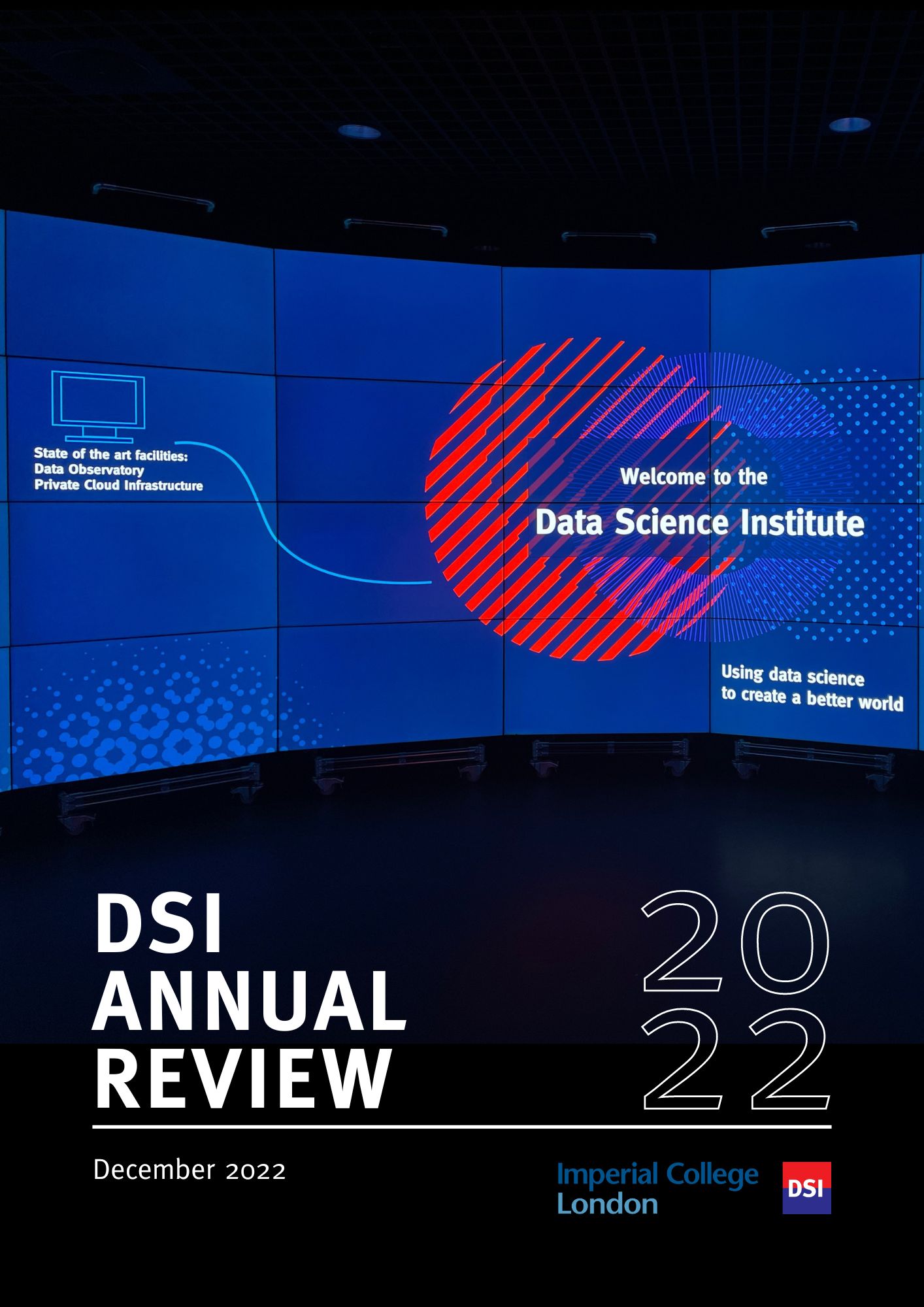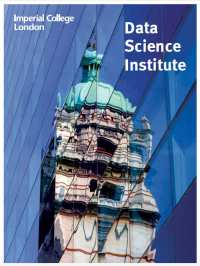BibTex format
@article{Quilodrán-Casas:2021,
author = {Quilodrán-Casas, C and Silva, VS and Arcucci, R and Heaney, CE and Guo, Y and Pain, CC},
title = {Digital twins based on bidirectional LSTM and GAN for modelling COVID-19},
url = {http://arxiv.org/abs/2102.02664v1},
year = {2021}
}

